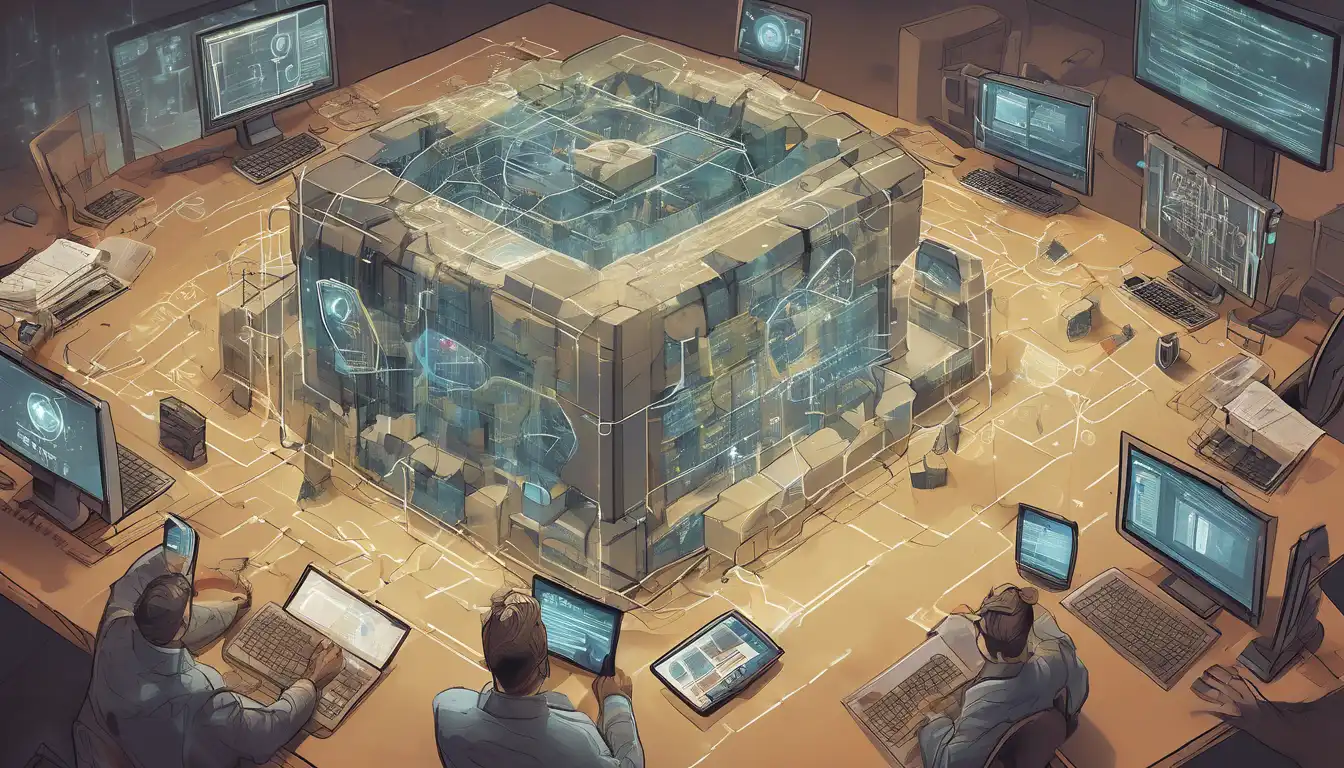Understanding the Importance of Cybersecurity
In today's digital age, cybersecurity is not just an option but a necessity for businesses and individuals alike. With the increasing number of cyber threats, developing a strong cybersecurity strategy is crucial to protect sensitive data and maintain trust with your clients.
Key Components of a Cybersecurity Strategy
A comprehensive cybersecurity strategy includes several key components that work together to protect your digital assets. These include risk assessment, threat detection, response planning, and continuous monitoring.
Risk Assessment
Identifying potential vulnerabilities within your system is the first step towards securing your digital environment. Conducting regular risk assessments helps in understanding where your system might be most susceptible to attacks.
Threat Detection
Implementing advanced threat detection tools can help in identifying and mitigating threats before they cause significant damage. These tools use artificial intelligence and machine learning to detect unusual activities within your network.
Response Planning
Having a well-defined incident response plan ensures that your team can act swiftly in the event of a security breach. This plan should outline the steps to be taken to contain the breach, assess the damage, and recover lost data.
Continuous Monitoring
Cyber threats are constantly evolving, making continuous monitoring an essential part of any cybersecurity strategy. Regularly updating your security measures and staying informed about the latest threats can help in maintaining a strong defense.
Implementing Your Cybersecurity Strategy
Once you have identified the key components of your cybersecurity strategy, the next step is implementation. This involves training your staff, deploying security tools, and establishing policies and procedures.
Staff Training
Human error is one of the leading causes of security breaches. Providing regular training to your staff on cybersecurity best practices can significantly reduce the risk of accidental breaches.
Deploying Security Tools
Investing in the right security tools is critical for protecting your digital assets. Firewalls, antivirus software, and encryption tools are just a few examples of the technologies that can help in securing your system.
Establishing Policies and Procedures
Creating clear cybersecurity policies and procedures ensures that everyone in your organization understands their role in maintaining security. These policies should cover password management, data access, and incident reporting.
Maintaining and Updating Your Cybersecurity Strategy
Cybersecurity is not a one-time effort but an ongoing process. Regularly reviewing and updating your strategy is essential to adapt to new threats and technologies.
By following these steps, you can build a strong cybersecurity strategy that protects your digital assets and ensures the safety of your sensitive information. Remember, in the world of cybersecurity, prevention is always better than cure.
